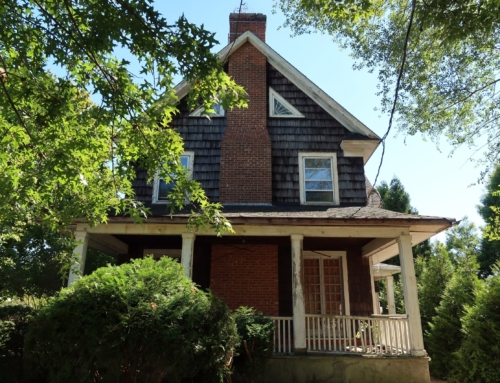 Q: I was trying to do a streamline refinance of my mortgage and was told that the lender can’t decrease the interest rate on my loan without changing the number of years left on my loan.
Q: I was trying to do a streamline refinance of my mortgage and was told that the lender can’t decrease the interest rate on my loan without changing the number of years left on my loan.
I have never refinanced since I bought my home in 2004. My interest rate is 5.37 percent. Can you please help me make a smart decision on handling this situation?
A: If you’re trying to refinance your loan and have the ability to work with your current lender, you might benefit from obtaining a change in terms with your lender with little effort and paperwork. However, the terms you get from your current lender may not be as favorable as terms you might get if you go out into the marketplace and find a new lender to refinance your loan.
Your interest rate is quite a bit above the market right now. In many parts of the country, you can get a new 30-year conventional loan for about 4 percent and a 15-year loan for around 3.375 percent. Conventional loans are those loans that are under about $417,000 and higher in certain areas that are specifically designated as high cost areas.
Having said all that, if your property’s value has decreased substantially and you now can’t find a lender to refinance your home loan but your current lender offers to “streamline” refinance the loan, you have to evaluate the terms that they offer to you to determine if they are worthwhile for you.
Take a look at how much time you have left on your loan term, the amount you pay in principal and interest, whether the loan is adjustable and what the fees will be if you refinance the loan.
The length of the loan is important. If you’ve had a loan for many years, you might not benefit much from refinancing unless your interest rate drops substantially.
With fixed rate loans, you pay mostly interest for the first 10 to 15 years of your loan. After that time, your monthly mortgage payment is more principal and less interest. For this reason, if you refinance halfway during a 30-year loan and take out a new 30-year loan, you may feel that your lower payment is better for you, but you have added another 15 years of payments. That’s not saving you a dime.
If you do refinance midway during your 30-year loan and you compared what you currently pay with refinancing to a new 15-year loan, you’d have a better idea if your monthly payments will actually save you money over the long term.
Try to avoid refinancing solely on the basis of whether your monthly payment goes down (unless you’re in danger of losing your house or being unable to make your payments) but rather whether what you pay over the life of the new loan versus what you would pay on your old loan to understand which loan product is better for you.
Lastly, you always have to look at the fees that you are being charged. If the fees are quite high, you might not get as much from your new lower rate than if the fees are quite low.
In your case, you have the ability to see whether the lender is doing you a favor or not. If the new loan has a much lower rate, but the lender extends the term for a new 30-year loan, you still might be better off with the refinancing, but you’d have to go to an amortization table at a site like BankRate.com or eLoan.com to compare the new rate but changing the term to coincide with the end date of your current loan. The amortization table should tell you what your monthly payment should be to pay off your loan on the same date as your current loan would end.
If your new payment costs you more each month it’s only worth refinancing if you’ll shave years off of your loan term. In other words, if you have 15 years left on your loan but can get a 10-year loan that will cost you the same or even a few dollars more each month, it might be worth refinancing.
Finally, talk to your lender. You can run through the options and numbers and figure out whether you’re making a smart money move.






Leave A Comment